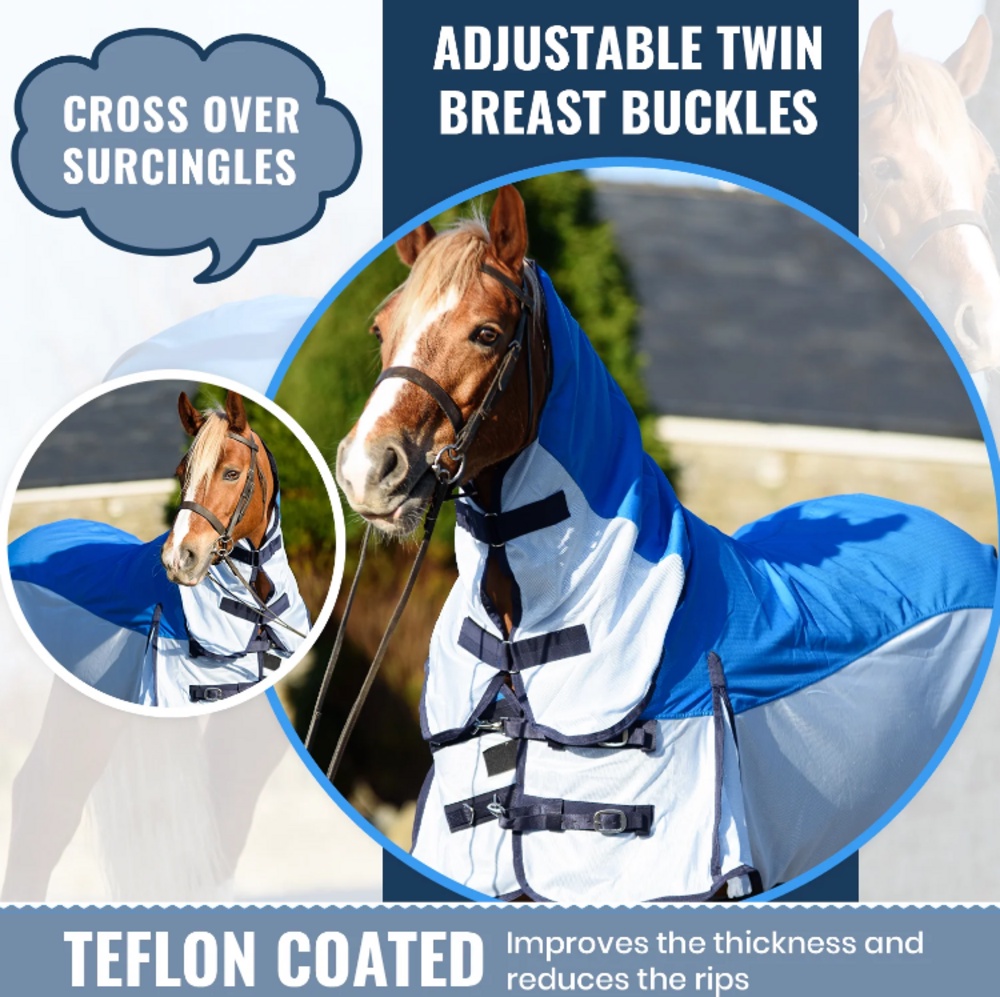Keeping your horse comfortable and healthy year-round involves a delicate dance with the elements. One of the most crucial decisions is deciding when to rug them up. While it might seem tempting to simply follow your own comfort level, horses have a surprisingly different "thermometer." Understanding their needs is key to avoiding over- or under-rugging, which can have detrimental consequences.
Understanding Your Horse's Comfort Zone
Horses boast a wider thermoneutral zone than humans, meaning they can maintain their core temperature comfortably within a broader range of external temperatures. This sweet spot typically falls between 5°C and 25°C (41°F and 77°F). Within this range, they can regulate their body temperature effectively through natural means like sweating or adjusting their fur.
However, factors beyond temperature influence your horse's comfort and need for a rug.
- Age and health: Younger horses, older horses, and those with compromised health may require rugging even in milder temperatures.
- Clipping: Clipped horses lose their insulating winter coat and need rugs for warmth, especially in colder weather or windy conditions.
- Activity level: Horses who are turned out all day and engaging in exercise may tolerate colder temperatures better than inactive horses in stables.
- Rug type and weight: Different rugs offer varying levels of warmth and weather protection. Choose the appropriate weight based on the temperature and your horse's needs.
Decoding the Temperature Gauge: A Rugging Guide
Now that we've established your horse's unique needs, let's delve into specific temperature ranges and explore suitable rug options:
Above 15°C (59°F):
- No rug is needed. Your horse is likely comfortable in its natural coat.
10°C–15°C (50°F–59°F):
- Lightweight stable sheet or turnout rug: Provides wind and light rain protection for horses in stables or turned out for short periods.
5°C–10°C (41°F–50°F):
- Mediumweight stable rug: ideal for stabled horses or turned out in mild weather.
- Lightweight turnout rug: Offers protection from wind, rain, and light chills for active horses.
0°C–4°C (32°F–39°F):
- Medium-weight turnout rug with neck cover: Provides essential warmth and wind protection for horses turned out in colder temperatures.
Below 0°C (32°F):
- Winter horse rug: A heavier rug with additional insulation is crucial for horses in freezing conditions. Consider layering for extreme cold.
Bonus Tip: Invest in a horse thermometer to accurately measure your horse's body temperature. A temperature above 38.5°C (101.3°F) indicates overheating, while a temperature below 37.5°C (99.5°F) suggests they might be cold.
Rugging Essentials: Types and Features
With the temperature gauge decoded, let's explore some popular rug types and their benefits:
- Horse fly rugs: lightweight and breathable, these rugs protect against pesky insects and UV rays in warm weather.
- Horse fleece rugs: Soft, comfortable, and insulating, fleece rugs are perfect for stabled horses or mild outdoor use.
- Cheap horse rugs: While budget-friendly options exist, prioritise quality over price. Ensure the rug fits well, is breathable, and offers adequate protection for the temperature.
- Horse rugs clearance: Look for seasonal sales and clearance offers on quality rugs, but prioritise your horse's needs above price.
- Best fly rugs for horses: Choose breathable mesh fabrics and consider features like belly flaps and leg covers for optimal insect protection.
- Outdoor horse rugs: Select waterproof and windproof materials with high breathability for comfortable all-weather protection.
- Lightweight turnout rugs: Ideal for mild temperatures and active horses, these rugs offer basic protection from wind and light rain.
- Winter horse rugs: Choose thick and insulating materials like quilted or faux fur linings for maximum warmth in freezing conditions.
Remember: Rugging is a balancing act.
Over-rugging can be just as detrimental as under-rugging. Excessive warmth can lead to sweating, dehydration, and even skin problems. Always monitor your horse's comfort level and adjust their rug accordingly. Look for signs of overheating, like excessive sweating, panting, or a reluctance to move.
By understanding your horse's needs, decoding the temperature gauge, and choosing the right rug type, you can ensure your equine companion stays comfortable and healthy throughout the year.


No comments yet